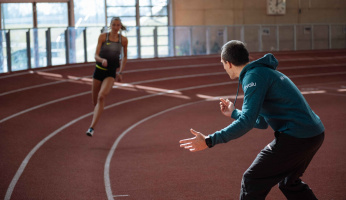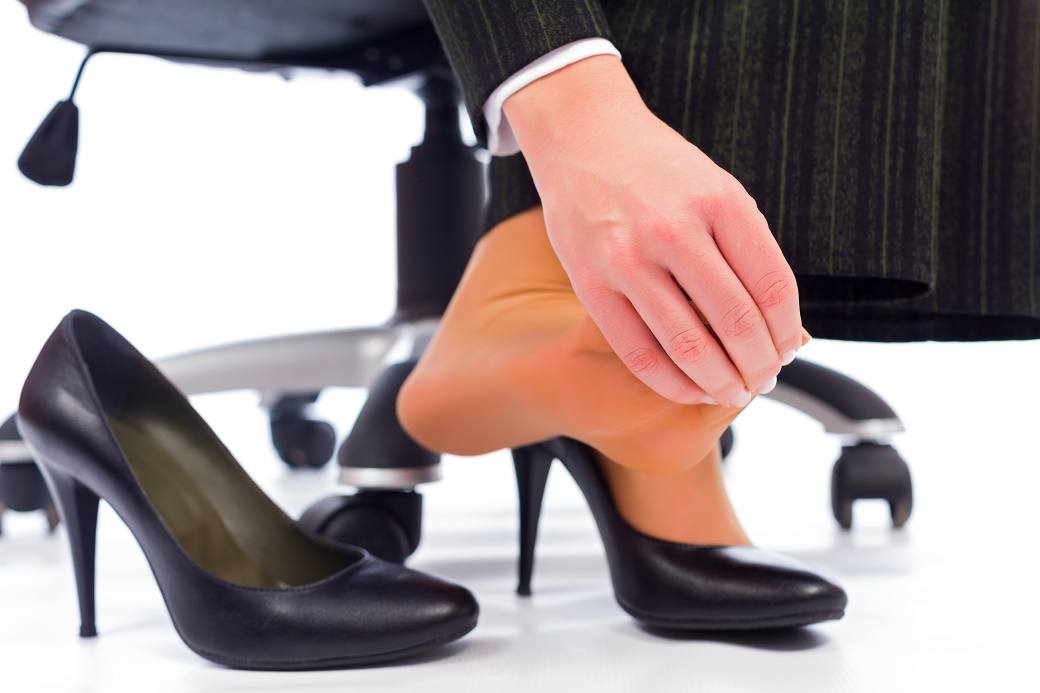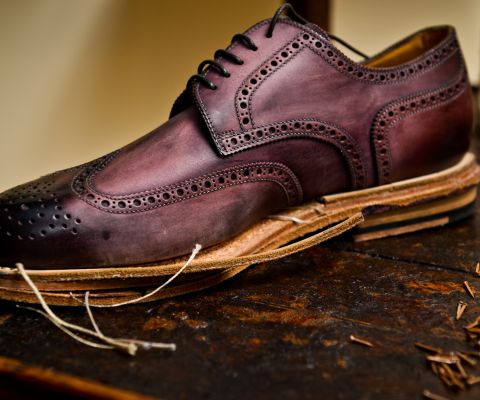Why Controlling Your Cadence Can Make You A Better Runner
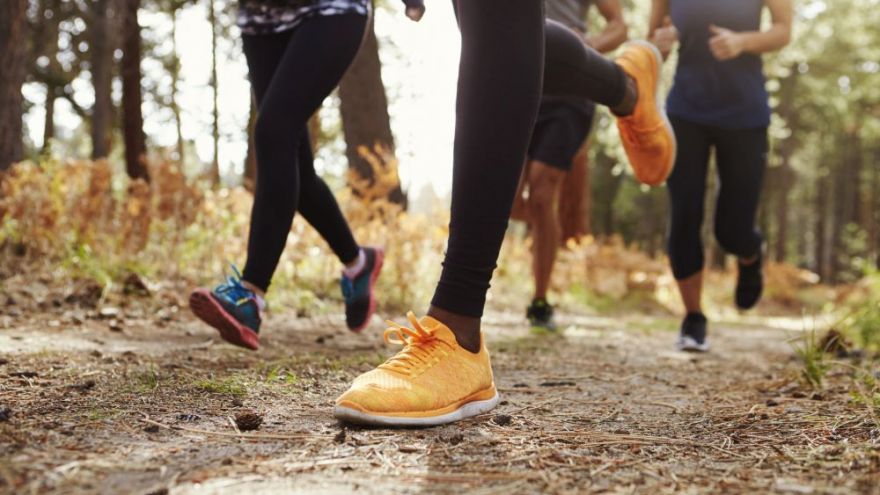
As runners get more into running data, they often find themselves looking deeper into the logistics of their running. One piece of information many smartwatches will provide you with is running cadence.
What Is Running Cadence?
A runner’s cadence is the total number of steps you take per minute. If you are wondering the best way to measure that, we have a very easy task for you to perform!
First, it is advisable to warm up a bit before measuring your running cadence. This is true because when you are warmed up you are more likely to get an accurate cadence.
To measure your cadence you then count the number of times one of your feet hits the ground in one minute. Once you have that number, multiple it by two. This gives you a cadence number.
What Is An Average Cadence?
The average runner has a cadence of between 150 and 170 steps per minute. Elite distance runners, on the other hand, often have a cadence between 170 and 190 steps per minute.
Jack Daniels (the running coach, not the whiskey) observed elite runners perform at the 1984 Olympics and that research set what became the gold standard of running cadence expectations.
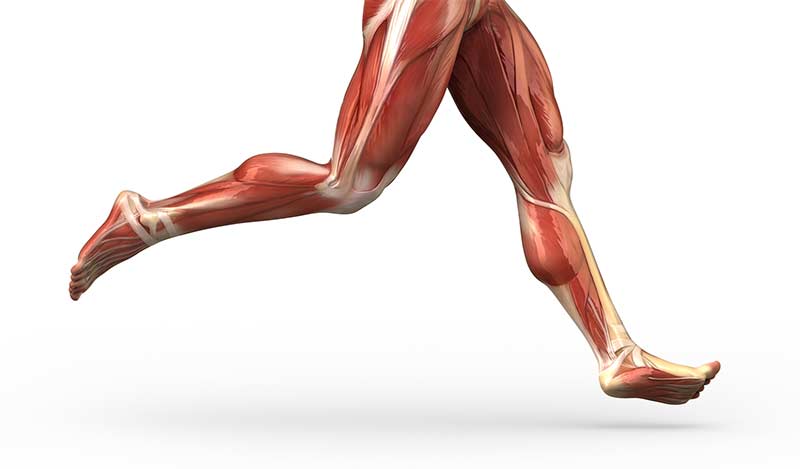
However, some researchers have recognized that there are very fast, talented athletes that do not always meet the precedent set by some runners.
Should Runners Care About Cadence?
There really is a lot of excellent conversations out there in the running community about cadence. The first school of thought is that you should absolutely work to increase your running cadence. The benefits of a faster cadence are:
✓ Improved efficiency – A faster cadence means faster turnover which makes your stride more efficient.
✓ Reduced fatigue – Since your feet are in contact with the ground for a shorter period of time, there is less impact which results in a reduction in fatigue.
✓ Less stress on leg joints and muscles – The shorter stride needed with a quicker cadence means your legs are landing underneath you. This means less stress.
✓ Get faster – A higher and faster cadence should result in more speed and better times!
How To Increase Running Cadence
If you are hoping to increase your cadence, you can do that by making some simple changes to your running routine. First off, do not expect change to happen overnight. You should anticipate making small changes and slowly increasing your cadence, if that is your goal.
Moving your arms faster can help increase your leg turnover. Back in my track days, we called this quick arms, when we were told to pump our arms harder and faster. Your arms actually act as kind of lever and when the arms move faster, the legs follow suit.
As you increase your arm movement speed to be faster, some people will, unfortunately, see a breakdown in form. Focus on keeping your arms at your sides instead of crossing them in front of you. Think about your arm movement going from chin to hip. The inside of your hand, your thumb in particular, should ideally reach near your chin on the upswing and near your hip on the backswing.
Next, you need a more efficient stride where you are not putting on the brakes each time you step. For many people, this means putting some time and energy into dropping the heel strike, if that is how you run. At the very least you need to get form down to a science so you are running efficiently.
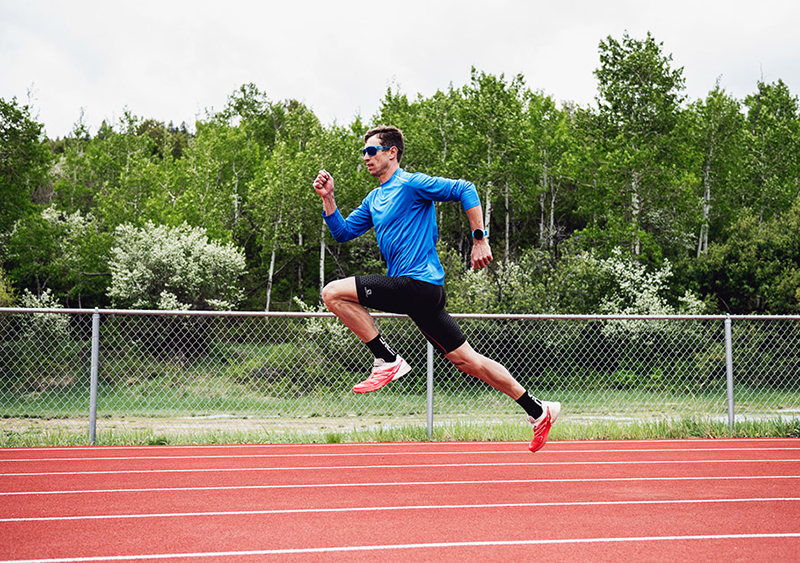
When you run, think about keeping your foot land so the foot is beneath you and not far ahead. Too long of a stride length could mean you are not reaching your cadence potential.
Working some strides into your workout routine is always a great idea not just for cadence but also for increasing speed. Also known as “stride outs” or “speed bursts,” many coaches have athletes do a few of these toward the end of their workout a couple of times a week.
In my coaching days, we called them “pickups” and our athletes always did them in the days leading up to a goal race. Anywhere from 4-8 pick-ups where you are focusing on speed and leg turnover for a short period of time (30-60 seconds).
You can add plyometrics to your workouts to help improve your explosiveness when running and engaging in other sports. Exercises include jumping, bounding, and skipping with explosive movements.
Wearing lighter shoes with less cushion and movement control can also aid in leg turnover. However, if you are prone to running-related injuries, I do not advise making this type of switch lightly.
It Does Not Matter For Everyone
According to Science Daily, cadence does not necessarily matter for every athlete. In a study out of the University of Michigan in 2019, cadence may not matter as much as Jack Daniels thought.
Doctoral candidates at the university measured athlete’s cadence and found that although there are optimal levels of performance, there is also science to show that you can also have athletes who move quite fast with lower cadence.
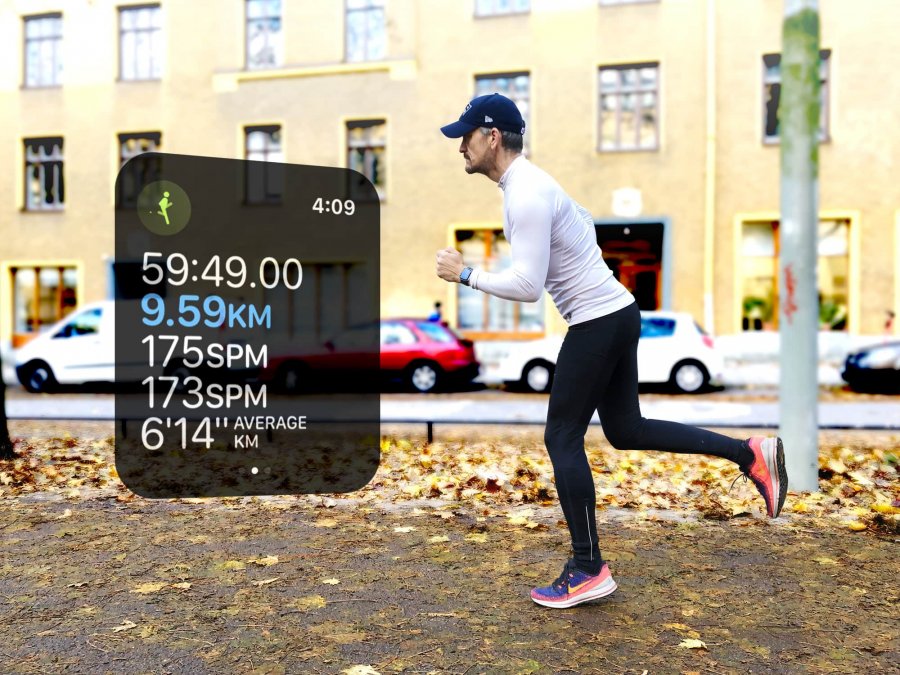
For example, the study also shows that runners who are moving at little more than a shuffle at the end of a marathon still often maintain the same cadence they had when running fast.
Burns, one of the researchers on the project, also noted that the human body often knows what is best for it. He theorizes that trying to make dramatic changes, especially in a more experienced runner, could potentially do more harm than good.
Our Opinion
Although running is a deeply personal thing and everyone has their own method of movement, it does appear worth the effort to try to improve running cadence. Why? Because these simple adjustments will make you an overall better runner, if not one with a higher cadence.
If you think about it, diversifying your workout by adding plyometrics can only help your physical well-being. In addition, stride-outs and working on form will also make you a stronger runner. In fact, anything you can do to improve your craft is a positive in my book.
What it boils down to most is keeping your running fun. If you overthink it too much, you might find yourself dreading the next workout. A happy runner is someone who keeps doing it. That, above all else, is what we want for you.
Run happy, friends.





